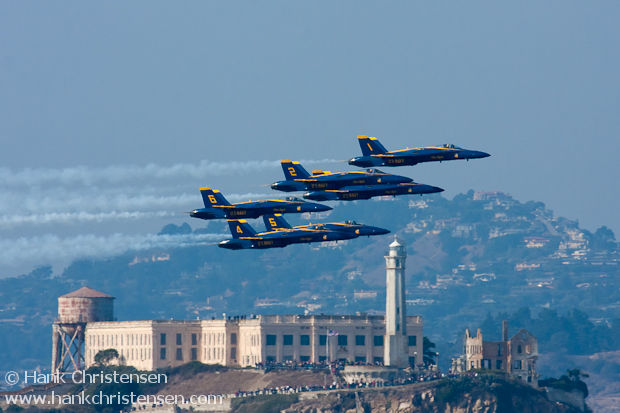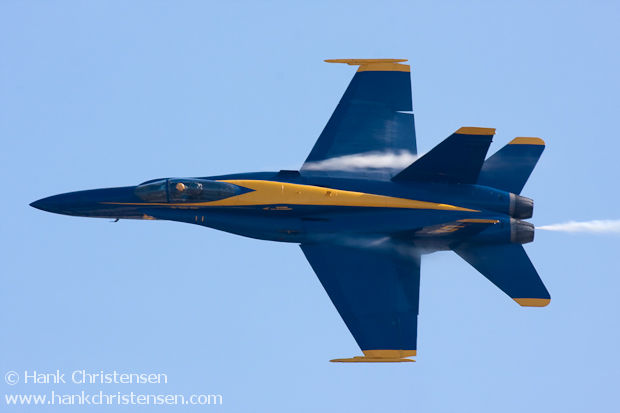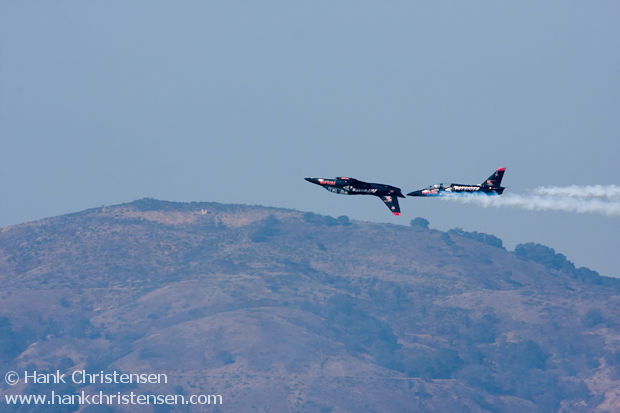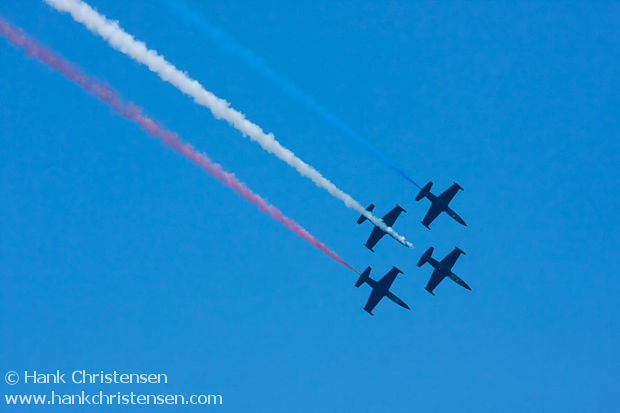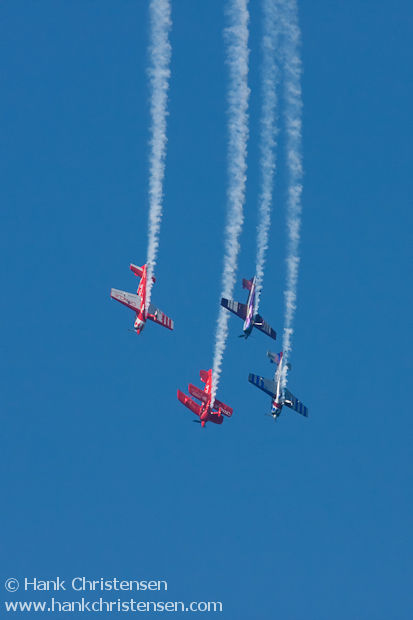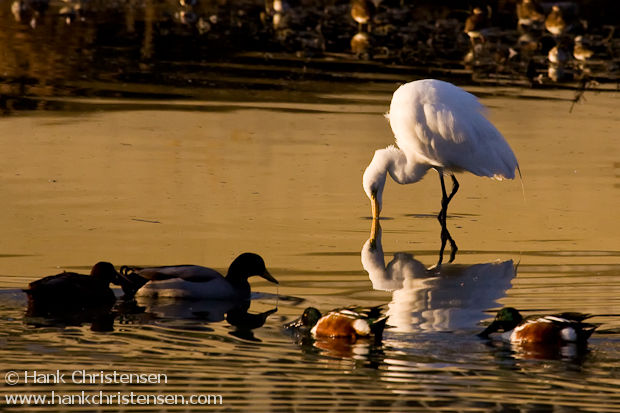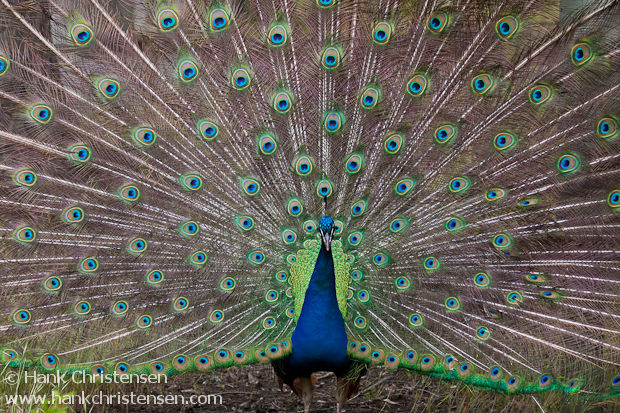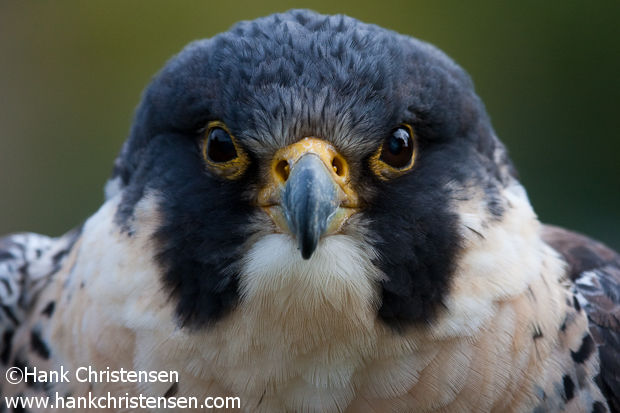
The Koret Animal Resource Center in San Francisco not only provides programs to educate children about wild animals, but also offers visitors an up close view of injured and rehabilitated birds-of-prey. This allows the photographer to shoot intimate portraits of birds almost never encountered in the wild at this distance. Because the eyes of birds-of-prey are set side by side (giving them depth perception), I wanted to get a shot of one looking directly into the lens. This peregrine falcon was was happy to oblige, as he seemed fascinated by the sound of the camera.

